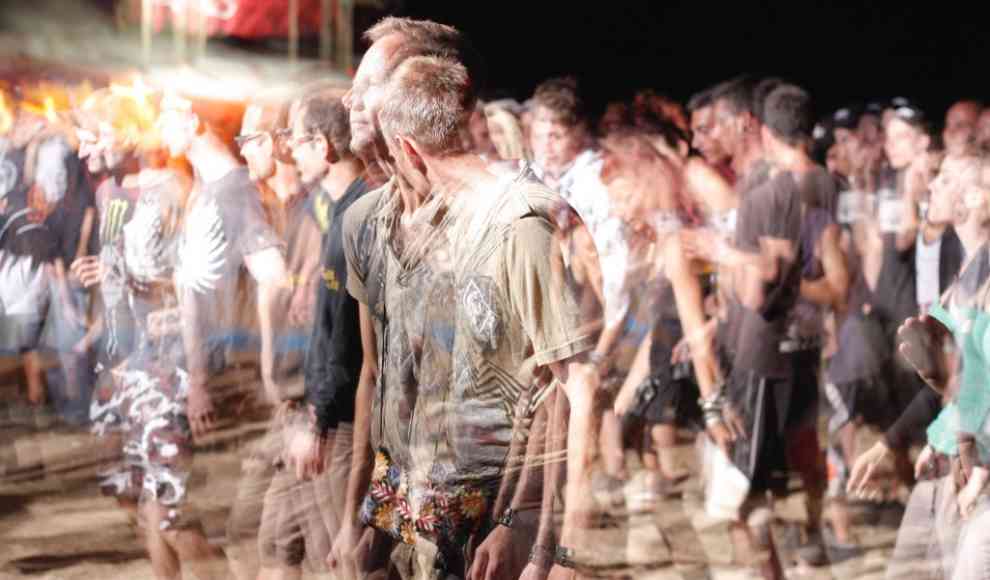The consumption of LSD reduces communication between brain structures and leads to a state of semi-consciousness. Researchers at Baylor College of Medicine in Houston, USA, have conducted experiments on rats to understand how the drug induces its hallucinogenic effects. The scientists compared the number of laps run by rats on a known track, with and without LSD consumption, while also analyzing brain activity in the visual cortex and hippocampus, the region of the brain responsible for memory. The team found that rats under the influence of LSD ran fewer laps, moved more slowly, and took more breaks, during which they entered a semi-conscious state. The activity in the hippocampus and visual cortex was significantly lower in the LSD group, which affected the clarity of the mental map the rats formed while navigating the track.
The researchers believe that LSD reduces normal nerve activity, leading to weaker communication between brain structures and preventing the maintenance of the mental map. The drug also induces a lethargic state in rats, similar to the transition from wakefulness to sleep, and the brain activity observed during this state is similar to that of a dream. The study provides insight into how LSD affects the brain and induces hallucinations, which could help in the development of treatments for mental health disorders.
The findings of the study were published in the journal Cell Reports, and the team hopes to conduct further research to understand the long-term effects of LSD on the brain. The study highlights the importance of understanding the effects of drugs on the brain and the need for caution when using them. The research could also have implications for the development of new treatments for mental health disorders, as it provides insight into how the brain processes information and forms mental maps.










